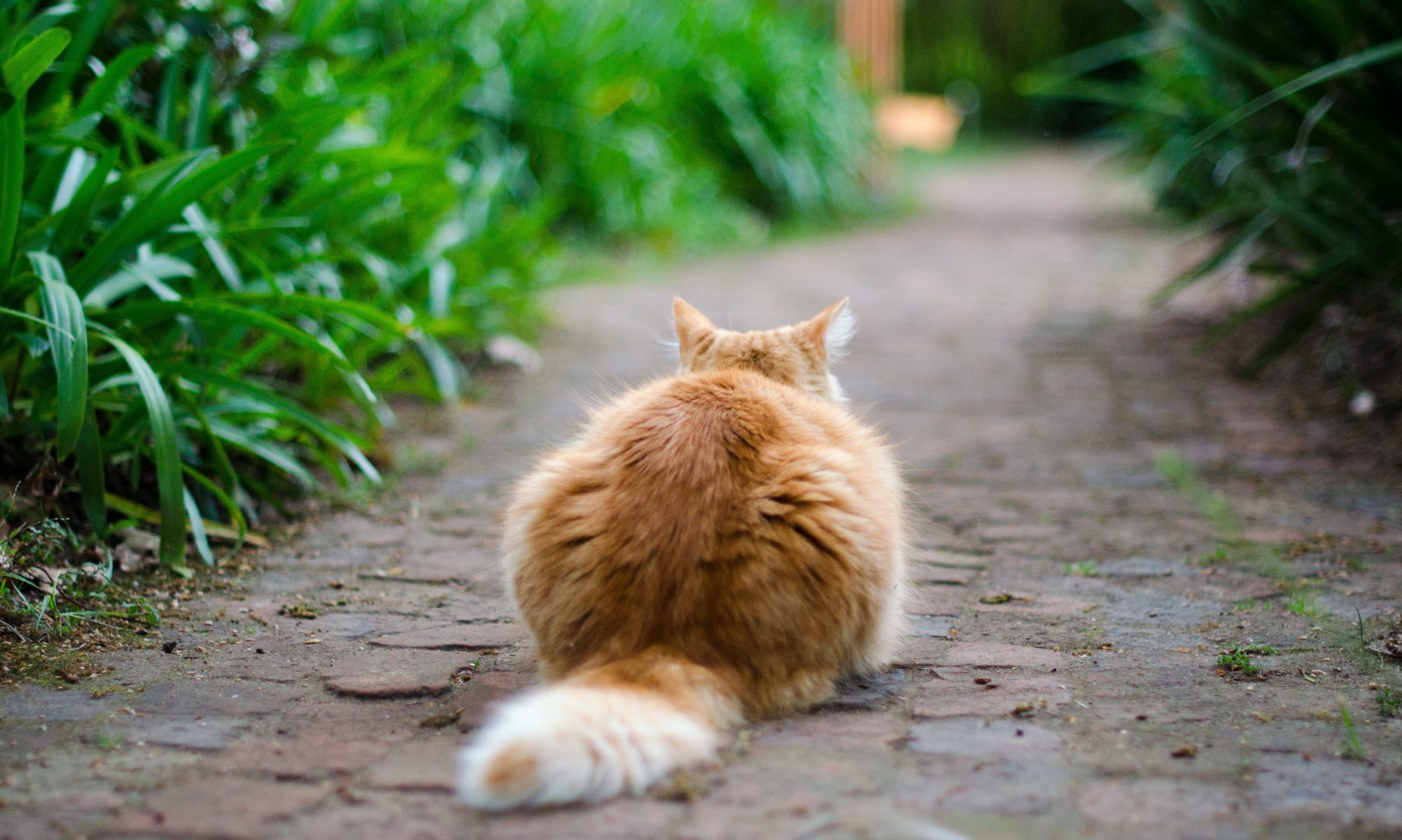“safe” pet toys….
So what’s good? I’m a big fan of Nylabones and Gumabones and Kongtoys. They are good, solidly constructed pet products that can withstand a lot of abuse from your typical dog with normal chewing and play habits. But remember, even these products can be dangerous if not used with some supervision and a little common sense. If you give a large dog a toy designed for a small dog, bad things will happen. If a dog starts to chew off pieces of the toy, bad things will happen. It’s up to the diligent pet owner to be wary of the dangers. If your dog is a super-aggressive chewer, nothing is safe. I used to buy my dog pig ears from a local butcher shop. They were smoked and looked and smelled good enough that I wanted to eat them myself. Organic animal by-products such as smoked pig ears, beef and ham bones, beef and pig hooves, knuckle bones all make great treats as long as you are aware of the risks. Dogs can break teeth on real bones and large dogs can crack and break up bones, chew them up and swallow them, and end up with an intestinal obstruction. The upside, if you want to call it that, of a real bone obstruction is that it is very visible on a diagnostic radiograph, as opposed to the plastic or nylon bone or rubber toy obstruction, which is not nearly so evident on film. Pig ears can be very rich and very fattening and can trigger some GI upsets or even a bout of pancreatitis. Also, any of these organic treats can suffer from the sometimes all too frequent risk of bacterial contamination – Listeria, Salmonella, or something else – in the packaged product, or environmental contamination once it’s been chewed on for a while and then left to lie around exposed to the bacteria in the house or yard. I
There is no consumer product safety commission for pet toys.
Balls can be good but are not without their own risk. Most veterinarians feel that a tennis ball is a safe toy. It is… unless your dog is a super-aggressive chewer or you’re not paying attention. I took half a tennis ball out of the intestinal tract of a dead dog years ago. Once the seal in a tennis ball is broken, it is easily separated into halves and chewed up and swallowed. Golf balls and ping-pong balls can be fun for small dogs with some supervision. Baseballs are okay for bigger dogs for playing fetch but if you allow them to chew for even a short time, they’ll chew off the cover (after all it is rawhide…), swallow it and possibly get an obstruction. If the baseball cover doesn’t get them, underneath the cover it is wound with yarn, which is extremely deadly if swallowed in a long enough strand.
Remember that NO toy is indestructible, NO toy is completely safe, and the longer a toy is in use the more likely it is to become damaged and dangerous.
How about a Frisbee? I think they are pretty safe. They can get pretty beat up, chewed up, and rough edged, but all in all I think a plastic flying disk is okay. Just don’t let your dog sit there and chew it up now that I said that. The pieces, if small enough may be relatively safe, but enough of them can lead to an obstruction and we all know now where that can lead. Just pay attention and you’ll be fine.
Cats love to play with those little micey things on the end of a long elastic string hanging from the end of a stick? You’ve seen them. These are really quite safe and lots of entertainment for your cat. BUT (saw that ‘but’ coming didn’t you?), if you leave the stick hanging there and your cat somehow swallows the string – dead cat. Swallowing string is probably one of the most deadly things your cat can do. It’s easily avoided by paying some attention.
So after all of this ranting, how are you supposed to protect your pet from unsafe toys? It simply requires that you think about any potential problems before you make a toy or purchase or before you offer a toy to your pet. Then you need to watch and monitor its use. Like driving defensively, try to envision all of the ways of abusing or misusing the product and make a decision about how much supervision will be necessary. A stuffed toy will need more supervision than a Nylaboneor a Kongtoy. A nylon bone or a Kongtoy may require more of your attention than a reasonably sized rawhide chew or a cow foot or pig ear. String and rope toys can be swallowed and can kill if left unsupervised but are fine when you are actively playing with your pet or closely managing things. Your dog may act entirely different when boarding or when otherwise left alone and may chew up and swallow a toy that has remained intact for ages. And finally, unfortunately some dogs are borderline psychotic and will manage to swallow just about anything that they come into contact with when the owner is absent. This is not the fault of the toy or of the owner but is simply the nature of the dog and may require some kind of behavioral therapy and/or medication.
Remember that no toy is indestructible, no toy is completely safe, and the longer a toy is in use the more likely it is to become damaged. Soft toys get chewed up, sometimes immediately, in other cases over time. Hard toys can injure your pet by damaging the teeth. Edible toys can easily be overfed. Animals can break their teeth chewing bones, hard nylon bones, or other hard objects. If your dog is a very aggressive chewer, watch really closely and be ready to substitute something softer and safer – but then you need to monitor that for any tendency to chew it up and swallow it. Life is difficult. Love sometimes takes time and effort. But that’s why your pet has you for his best friend!

